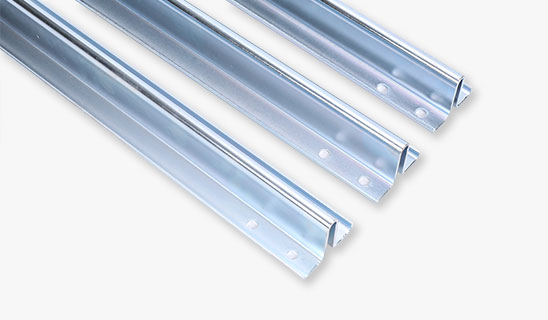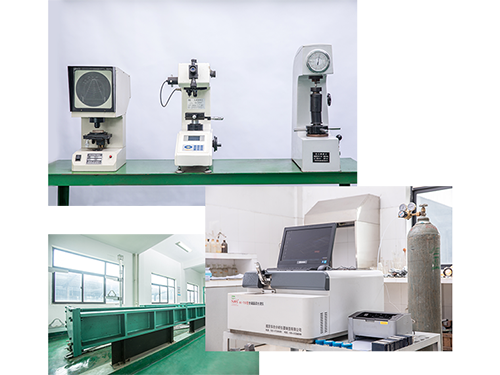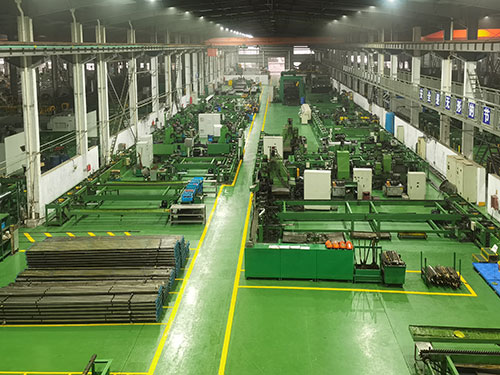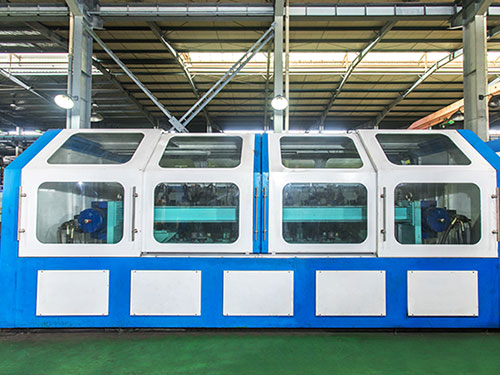Trilhos Flangeados do Tipo Oco
NossoTrilho de guia oco do elevador TKé um trilho de guia de elevador especialmente projetado com umperfil ocoebordas flangeadas, oferecendo um equilíbrio inteligente entre resistência, redução de peso e fácil instalação. Amplamente adotado emsem casa de máquinas (MRL)eElevadores de média a alta velocidade, este tipo de trilho é particularmente favorecido para sistemas de elevadores TK e modelos semelhantes.
SeuDesign flangeadoaumenta a rigidez e a integridade estrutural, permitindo uma conexão eficiente do parafuso e um alinhamento aprimorado, tornando-o uma alternativa moderna aos trilhos de guia tradicionais do tipo T sólido.
Temos padrões completos aqui. Sinta-se à vontade para encontrar o que precisa.
| Modelo | b1 | c | f | h1 | h2 | k | L2 | N3 | d | R |
| TK3A | 78 | ≥1.8 | 2.3 | 60 | 10 | 16.4 | 75 | 25 | 45 | 3 |
| TK5A | 78 | ≥1.8 | 3 | 60 | 10 | 16.4 | 75 | 25 | 45 | 3 |
| Tolerância | ±1 |
±0.20 -0.15 |
±0,3 | ±1 | ±0,2 | ±0,3 | ±0,2 | ±0,3 |
Nossotrilho de guiaadota aço de baixo carbono de alta resistência como substrato, após pré-tratamento multifosfato e revestimento de eletroforese de proteção ambiental, de modo que sua superfície forme uma camada densa e uniforme de proteção contra corrosão, não apenas o coeficiente de atrito da superfície é reduzido ao nível líder da indústria, mas também no teste de névoa salina para resistir à corrosão continuamente por mais de 480 horas. Desta forma, a sapata guia e a esteira para manter uma adesão estável do filme de óleo, mesmo no ambiente de operação de alta frequência, também podem estender o ciclo de lubrificação do tradicional uma vez por mês para uma vez por trimestre, ou mesmo uma vez a cada seis meses, reduzindo significativamente o tempo de inatividade devido à detecção frequente de lubrificação e custos de mão de obra.Ao mesmo tempo, a dureza e a adesão do revestimento resistente ao desgaste foram verificadas repetidamente, e a superfície pode permanecer intacta no teste de ciclo de até um milhão de vezes, evitando vibrações e ruídos adicionais causados por solavancos e amassados microscópicos gerados pelo desgaste da superfície do trilho e reduzindo ainda mais a possibilidade de manutenção acidental. Juntos, nossos sistemas ferroviários não apenas economizam tempo de ajuste durante a instalação inicial, mas também minimizam os custos de manutenção por meio da otimização profunda de materiais e tratamentos de superfície, proporcionando aos proprietários de projetos retornos de longo prazo mais duradouros, confiáveis e econômicos.
A STOXH, lançada em 2017 sob a Zhejiang Xihao Elevator (fundada em 1988, Jiaxing, Zhejiang), é especializada em trilhos de guia de elevadores, placas de conexão e braçadeiras de trilhos. Nosso35.000 m²fábrica moderna - comISO 9001certificação180.000 t/anocapacidade e350+Pessoal qualificado - funciona80+máquinas avançadas, incluindo linhas de trefilação de alta velocidade, sistemas de montagem automática e plainas CNC.
Ofertas STOXH70+Especificações de trilhos de guia sólidos e ocos, placas de conexão, placas de pressão e fixadores. Todos os produtos passam nos testes do Centro Nacional de Monitoramento de Qualidade de Elevadores e são mantidosTÜVeSGSCertificações. Como fornecedor confiável da Schindler, TK Elevator, Otis, Hangzhou XIZI, Hyundai e outros, aproveitamos o controle rigoroso do processo e a pesquisa e desenvolvimento voltados para o cliente para melhorar o desempenho, estender os intervalos de manutenção e reduzir os custos de longo prazo - oferecendo valor confiável e duradouro para cada projeto.
De acordo com as normas internacionais: ISO7465:2007; ISO630: 2021. De acordo com os padrões internacionais, realize testes abrangentes de matérias-primas com base na certificação de materiais fornecida pelos fornecedores para garantir que a qualidade de cada lote de matérias-primas atenda aos requisitos.
Configure duas linhas de produção automatizadas de trilhos-guia. O equipamento deve garantir que os itens produzidos cumpram ou excedam os requisitos do cliente, mantendo a estabilidade da retidão, distorção e rugosidade da superfície
Dados os rigorosos requisitos de retidão e torção nas guias de grau BE, foram implementados equipamentos especializados de endireitamento automático e correção de torção, juntamente com sistemas avançados de detecção. A retidão é mantida dentro de 0,5 mm, enquanto a torção é controlada dentro de 30' por metro
O conceito de serviço de "cliente em primeiro lugar" afirma que, independentemente de onde nossos serviços são prestados - seja dentro da empresa, no local de trabalho do cliente, no canteiro de obras ou durante o transporte - nosso objetivo principal continua sendo satisfazer o cliente





